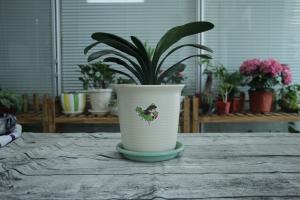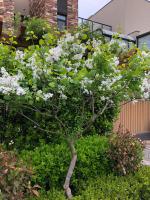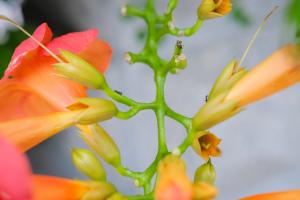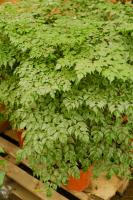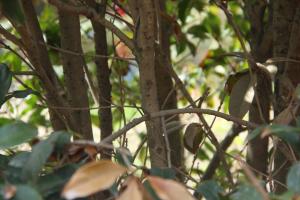Can You Still Plant Elm Trees in Minnesota?
Elm trees were once a beloved fixture on the landscape of Minnesota, providing shade and beauty to the neighborhoods and streetscapes across the state. However, the arrival of Dutch elm disease in the 1960s caused a devastating decline in the population of elms, and many were lost to the disease. Despite these challenges, there are still ways to plant and enjoy elm trees in Minnesota, if you know what to look for.
The Threat of Dutch Elm Disease
Dutch elm disease is a fungal disease that attacks and kills elm trees, and it has been a major problem in the state of Minnesota for decades. The disease is spread by bark beetles and can move rapidly through populations of elms, killing trees in as little as a few years. At its peak, Dutch elm disease had claimed over 1 million elm trees in Minnesota, and it was a serious threat to the health and beauty of parks, neighborhoods, and streetscapes.
A New Hope for Elm Trees
Despite the severity of the issue, there are some elms that are resistant to Dutch elm disease. In the 1990s, scientists discovered that some American elm trees had a natural resistance to the fungal disease, and these "survivors" became the foundation for efforts to breed new, hardier varieties of elms. Today, there are several cultivars of elm trees that offer resistance to Dutch elm disease, including 'Valley Forge', 'Patriot', and 'New Harmony', among others.
Choosing the Right Elm for Your Location
When planting an elm tree in Minnesota, it's important to select a variety that is well-suited to the local climate and growing conditions. Some cultivars of elm trees can handle cold winters and dry summers better than others, so it's important to do your research and choose a tree that will thrive in your area. Additionally, it's important to select a tree from a reputable nursery that is certified free of Dutch elm disease and other pests and diseases.
Protecting Your Elm from Dutch Elm Disease
Even with a disease-resistant variety of elm tree, it's important to take steps to protect your tree from Dutch elm disease. This can include regular inspections by a certified arborist, pruning dead or infected branches, and treating the tree with fungicides to prevent the disease from taking hold. Additionally, it's important to avoid stress factors that can weaken the tree, such as over-watering, soil compaction, and damage from lawn mowers or other equipment.
Conclusion
While the threat of Dutch elm disease is still present in Minnesota, there is hope for the continued planting and enjoyment of elm trees across the state. By selecting disease-resistant varieties, choosing the right location and care, and taking steps to protect your tree from disease and other stresses, you can enjoy the beauty and benefits of elm trees for years to come.

 how many times do yo...
how many times do yo... how many planted tre...
how many planted tre... how many pine trees ...
how many pine trees ... how many pecan trees...
how many pecan trees... how many plants comp...
how many plants comp... how many plants can ...
how many plants can ... how many plants and ...
how many plants and ... how many pepper plan...
how many pepper plan...